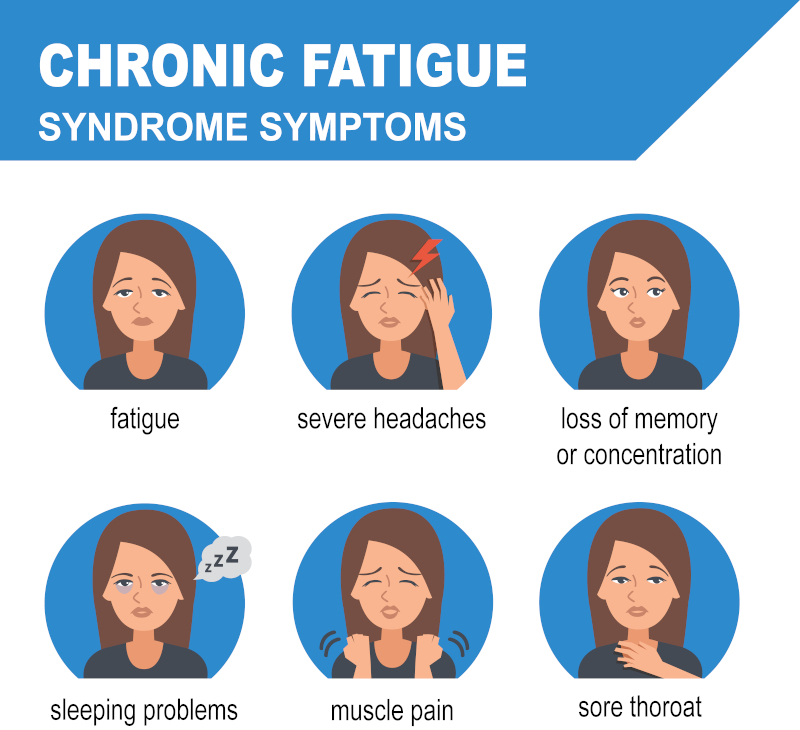
English / Italiano

Medically Unexplained Symptoms - MUS
Vague and non-specific symptoms
What are Medically Unexplained Symptoms - MUS?


MUS live trend
Performed by: Epidemiological Observatory MUS - BioTeknaThursday, 1 January 2026
Automatic update every Monday
Sample: Age range: 18÷99 - Sample size: 1.237.166 - Male: 30,7% Female: 69,3%
Scientific Insights:
- Insomnia, mood disorders, anxiety, melancholy, depression, MUS, panic attacks
- Recovery of sleep-wake cycle and related chronic fatigue syndrome
- Health and wellbeing
- Vague and non-specific symptoms MUS
- Fatigue: the background to a vague and sometimes underestimated symptom
- Stress, insomnia, states of agitation and concern
All Rights Reserved | BioTekna – Italia. MUS® - Medically Unexplained Symptoms Self-Evaluation n.2012001626, 2012.